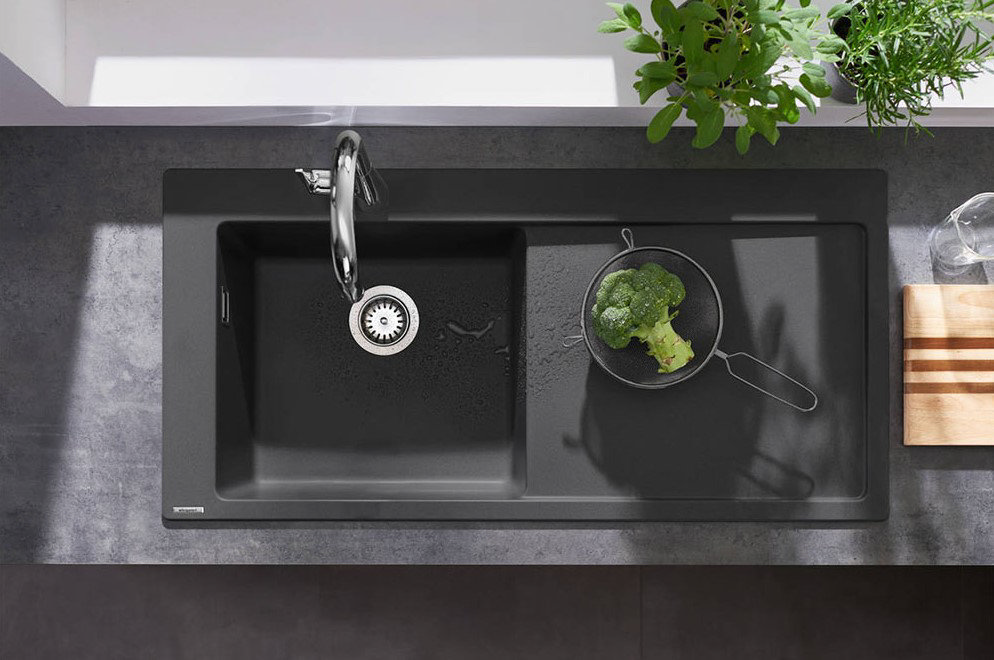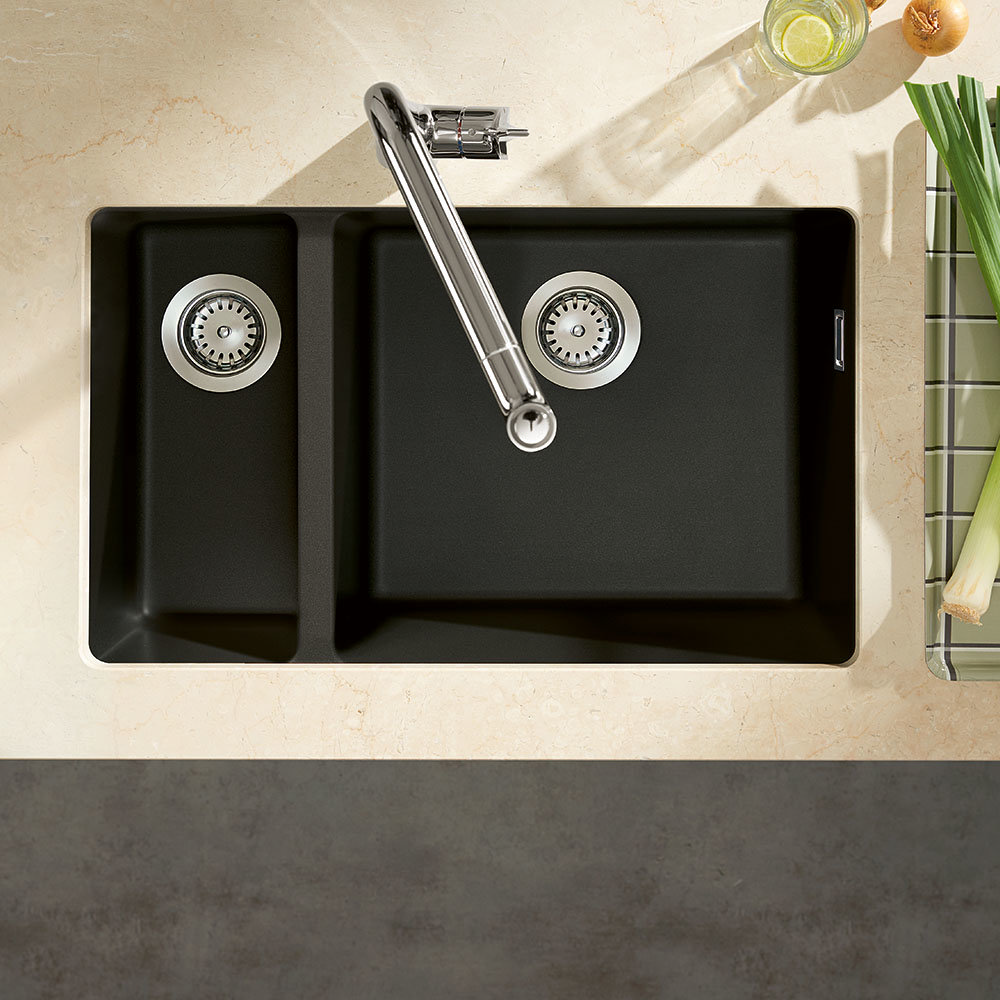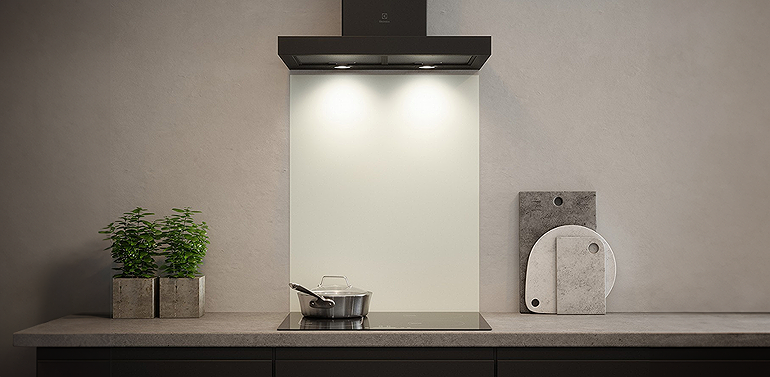UP TO 60% OFF SPRING SALE!
Free Delivery on Orders Over £499**
surface mounted flush fit or undermounted choosing the right type of kitchen sink
Surface-Mounted, Flush-Fit or Undermounted: Choosing the Right Type of Kitchen Sink
You'd be surprised at how much of an impact the way your kitchen sink is integrated can have on its overall look.
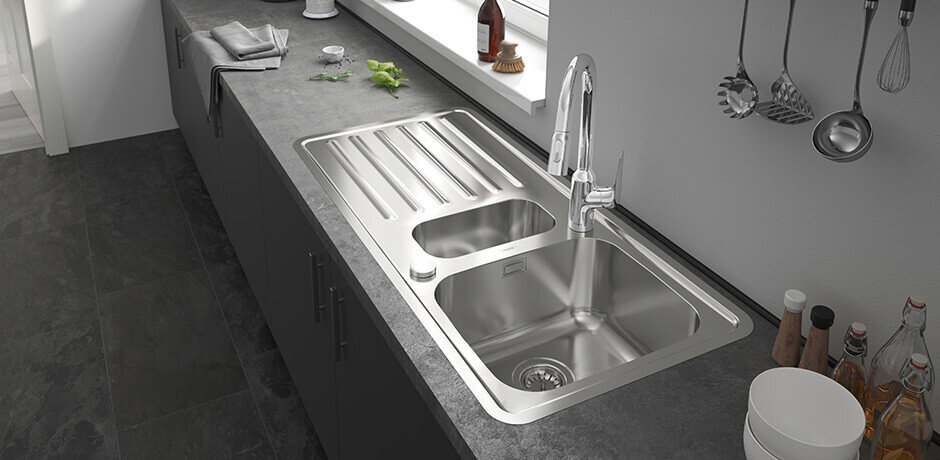
The kitchen sink is too often seen as a simple functional feature - with little thought going into how it looks within your space.
Choosing the right type of kitchen sink, however, can help transform even sub-par kitchens into striking stylish environments.
With this in mind, we’ve assessed the three most popular types of kitchen sink installation - weighing up the pros and cons of each option to allow you to pick the right one for your home.
We’ve even taken this opportunity to recommend a handful of our favourite hansgrohe kitchen sinks along the way!
3 Types of Kitchen Sink Installation
Surface-mounted Kitchen Sinks
Also known as ‘inset sinks’, surface-mounted kitchen sinks are by far the most commonly found in UK kitchens. These feature a raised lip around the outside that makes them extremely easy to install - they simply drop into a hole cut into the countertop before being sealed. This, coupled with the fact that they’re widely available in a variety of designs, makes them a stellar option for any stylish kitchen renovation.
The only minor downside of inset kitchen sinks is that the raised lip prevents you from easily brushing crumbs and liquid from your counter and into the bowl. Over time, this can harbour grime if you don’t keep on top of cleaning.
We’re particularly fond of the hansgrohe S5110-F450 surface-mounted kitchen sink. It’s constructed of SilicaTec Granite, an innovative material that hansgrohe have created using rounded quartz particles to create truly durable sinks that are also smooth to the touch.
Flush-fit Kitchen Sinks
As the name suggests, a flush-fit kitchen sink is installed flush to the worktop through the use of a highly precise cutout. This creates a truly seamless look, with the sink and worktop appearing as one fluid working area. This kind of installation is only really possible with stainless steel sinks and will require a worktop made of a solid continuous material such as stone, glass, quartz, or ceramic.
Though flush mount sinks are a little more difficult to install, the finished look that they provide is an undeniably impressive one. In addition to their sharp looks, they’re also a lot easier to keep clean than inset sinks as they do not feature any visible gaps in which food particles can get stuck.
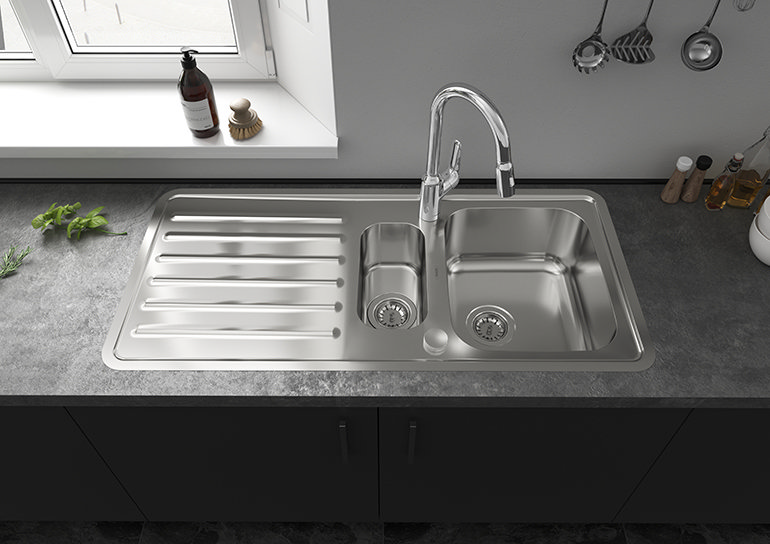
This flush mount sink from hansgrohe’s stainless steel collection demonstrates just how eye-catching this type of sink installation can be.
Undermount Kitchen Sinks
The clue is in the title here, too! Simply put, undermounted kitchen sinks are sinks that are attached to the worktop from below. They take up less counter space when compared to flush mount and surface inset sinks, however, you will have to find somewhere to mount a tap.
Thanks to the lack of a raised lip, undermounted kitchen sinks are just as easy to work with as flush mount sinks; simply brush food and liquids from your counter into the bowl. You’ll also benefit from ultra-minimalist looks as these recessed sinks integrate organically into countertops.
Our pick of the bunch? The hansgrohe S510-U635. Another high-grade product made of SilicaTec granite, this roomy 1.5 bowl undermounted kitchen sink comes in a stunning graphite black finish.
Other Things to Consider When Choosing A Kitchen Sink
It’s not all about the type of sink installation, though! There are several other major factors for you to think about before setting your sights on a specific sink:
Size
Thankfully, kitchen sinks are now available in a huge variety of sizes in order to suit almost any size of kitchen. So, whether you’re working in a small apartment or a huge family kitchen, you’ll be certain to find something that matches your needs.
In addition to size, you’ve also got to choose between having a single bowl, 1.5 bowl or double bowl kitchen sink. Simply put, single bowl sinks are your best bet for compact kitchens, whereas 1.5 and double bowl sinks are better for families where multitasking is necessary.
Materials
There are a plethora of kitchen sink materials to choose from, so we thought we’d quickly cover the pros and cons of the three most popular options: Granite Composite, Ceramic, and Stainless Steel.
Granite Composite sinks are hardwearing and available in a wide variety of colours, including white, grey and black. However, they’re also the heaviest and will require equally strong worktops to support them.
Ceramic sinks are the traditional choice, having been used in kitchens for hundreds of years! They’re incredibly durable, too, but can be chipped and stained over time.
Stainless steel sinks remain the most popular choice for UK kitchens. They’re long-lasting and boast rust-resistant properties, but they do create a lot more noise in use when compared with granite composite and ceramic sinks.
Taps
Some considered thought needs to go into finding the right kitchen tap to complement your sink. More than just a kitchen necessity, these can also act as eye-catching finishing touches.
Thankfully, there’s a tonne of designs and finishes to choose from here, but you’ll also need to think about what kind of functionality you’ll require.
From standard mixer taps to boiling water taps and pull out spray taps, there are all sorts of options to help make your kitchen sink as practical as possible.
So which type of kitchen sink are you leaning towards? Will it be the tried and test look of an inset kitchen sink, or the modern and minimalist vibes of flush mount and undermounted kitchen sinks?
If you’ve found our guide to the 3 types of kitchen sink installation helpful, you can find more insightful articles on the Victorian Plumbing Blog. For even more useful information and a host of quality products, try the dedicated hansgrohe Kitchen Sinks page.
